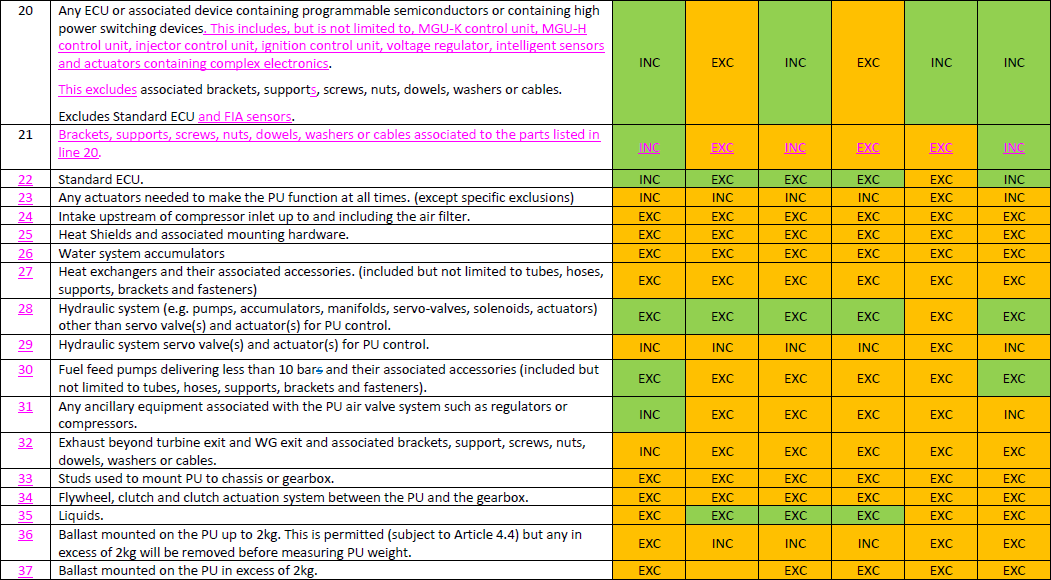Why the aggression? Did i say anything incorrect?Tommy Cookers wrote:@ ringo
so you think that the billions of Al alloy pistons are wrong ?
(and the millions of British motorcycle Al alloy conrods that lasted just fine, even in racing)
even British designers knew that steel designs would tend to a longer fatigue life - so what when the Al design has enough life ?
your paper clip example is the usual 'physics teacher' nonsense
because fatigue is all about behaviour within the elastic range
a steel piston would be used when the temperature is more than Al alloy could handle
ie a temperature at which its elastic limit stress would be so lowered the engine couldn't stand the rpm or even combustion loads
your S-N curves are for normal temperatures, not elevated temperatures
Yes the paper clip example is in the plastic range.
It's just an illustration. Regardless you can still bend a paper clip below the yeild strenght and it will fail at some point.
Regardless of what you'd like to say, aluminum does not have infinite life, and i've already said that the designer may choose an application where the failure point is not reached. And this is where we see aluminum used in various applications. And that curve is an example, there are many more out there.
I've never said that a steel piston is superior or inferior. The main issue is the weight with steel. The other characteristics are more favourable over aluminum.
Aluminum crank shaft is something you may not find, and this isn't because of temperature. Same for long haul diesel engines. There are so many examples as to aluminums longevity beside a piston.
If a piston maker decides to go for steel, how do you know that in cylinder temperatures are much higher than the same with aluminum pistons? And this isn't the combustion temperatures we're talking, i'm talking the heat absorbed by the piston.
Temperature could be a factor, but if you're allowed five engines per season in F1, going for steel pistons is a wise choice if you consider the properties of the metal.





